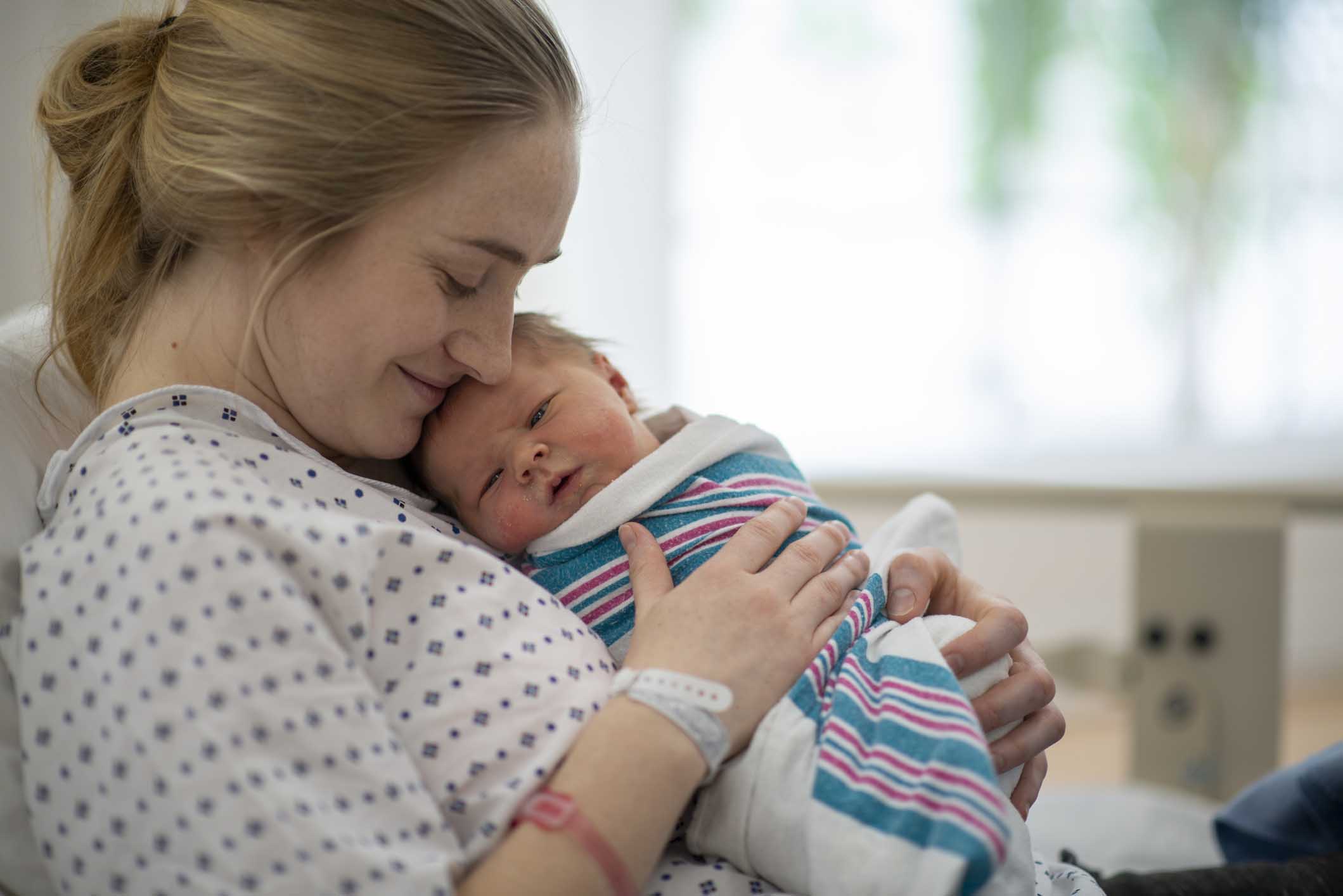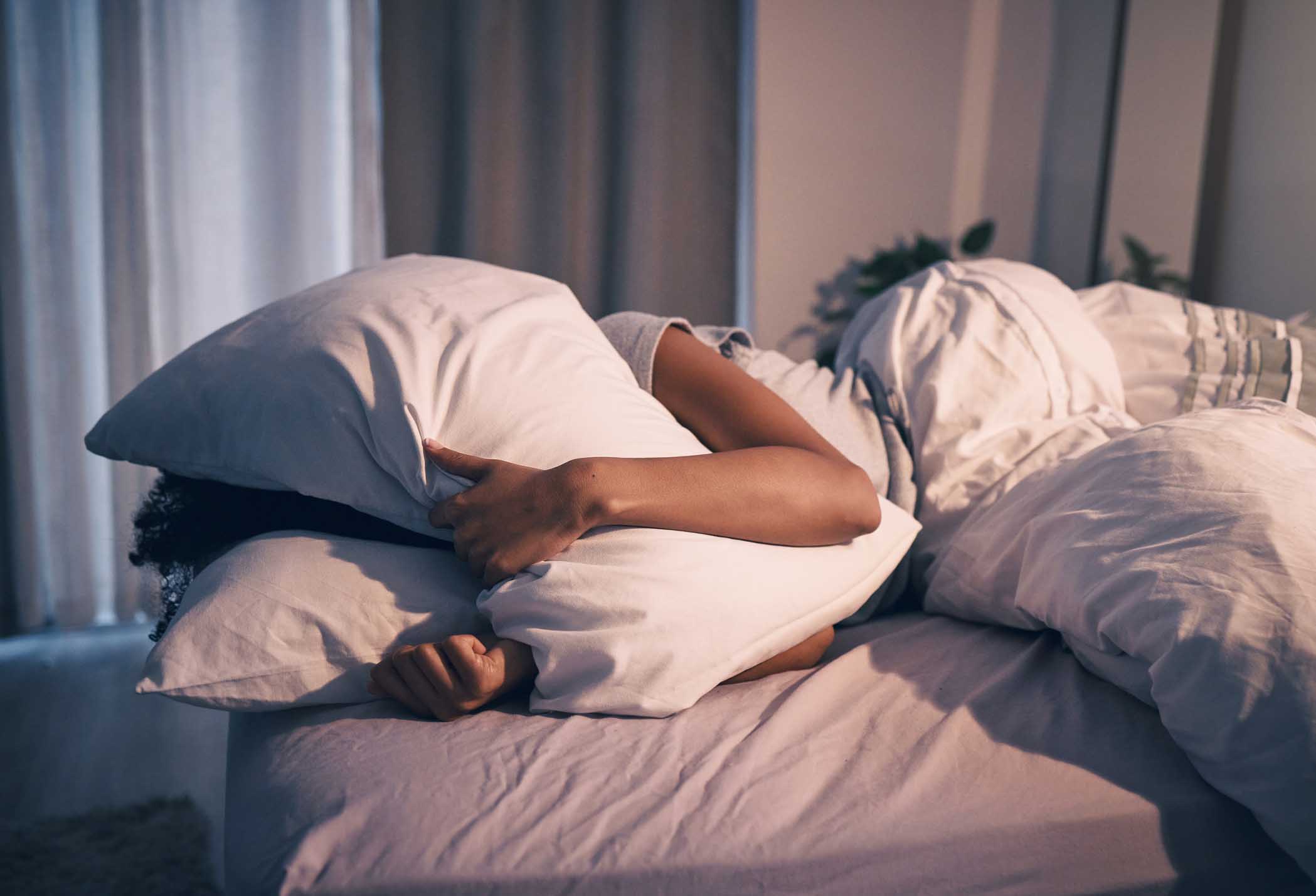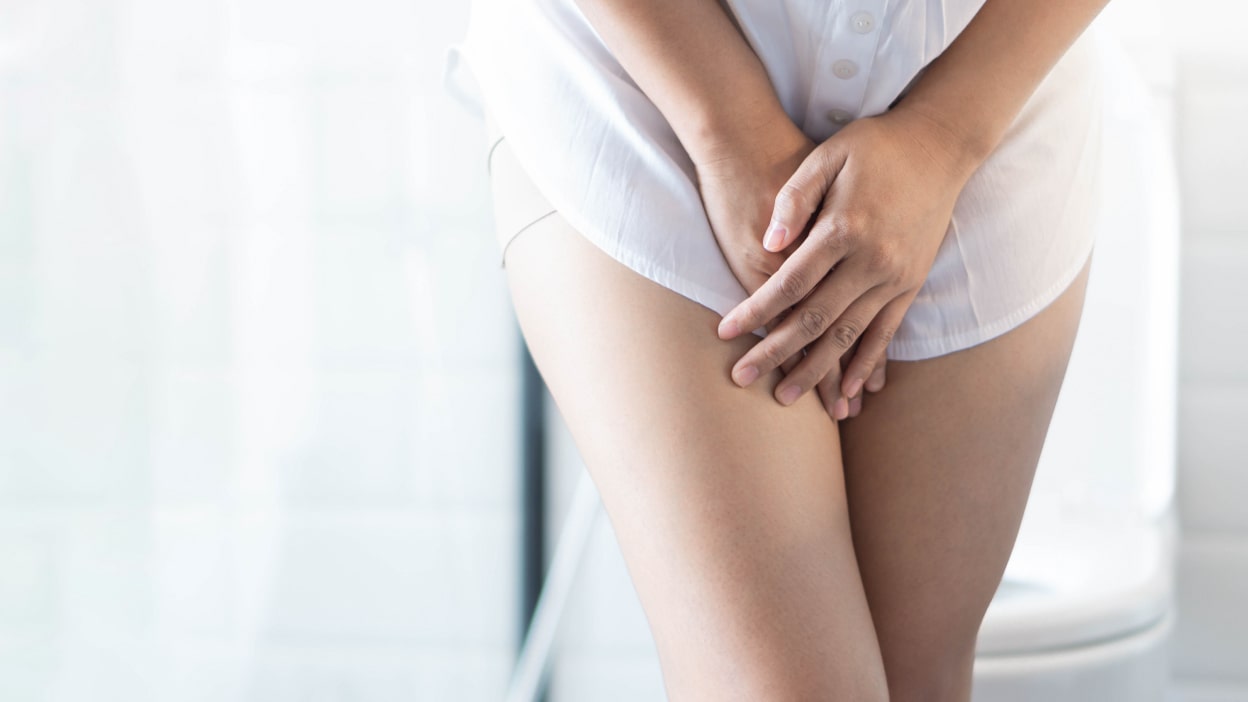What Causes Overactive Bladder?
What Causes Overactive Bladder?
Ever find yourself in the middle of an important meeting and needing to dash to the bathroom? Or simply stuck in traffic and really need to go? If you repeatedly experience similar situations, a condition called overactive bladder may be the reason.
As an OB-GYN, I’ll offer you the same advice I would give my patients – covering exactly what causes overactive bladder along with realistic management strategies.
What is Overactive Bladder?
First, you should know that bladder conditions are more common than many people think – for example, 1 in 3 women experience bladder leaks. Overactive bladder is one of the conditions that I see frequently with patients. Patients with overactive bladder symptoms are likely experiencing the following:
- Waking up several times during the night to urinate
- Increasingly frequent urges to urinate
- Sudden bladder leaks
There are MANY possible overactive bladder causes, including:
- Prior bladder surgeries
- A dysfunctional pelvic floor
- Urinary tract infections
- Smoking
- Certain medications
- Bladder irritants, such as alcohol or caffeine
- Menopause
- Various medical conditions such as diabetes, kidney stones or neurologic issues
Are You at Risk for Overactive Bladder?
There is a new term that is associated with a lack of estrogen and can encompass several conditions like vaginal dryness and overactive bladder symptoms, called Genitourinary Syndrome. Women are likely to experience Genitourinary Syndrome during menopause.
While menopause is often linked to overactive bladder, BMI and age are two of the most common risk factors for overactive bladder. Aging may bring increased susceptibility to other conditions that can cause overactive bladder, like diabetes, cognitive decline, medication use, etc.
Patients sometimes ask if pregnancy could lead to overactive bladder. Pregnancy and vaginal delivery both involve muscle and nerve compression and stretching, which can cause pelvic floor injury, leading to bladder urgency symptoms.
Breastfeeding, which causes a naturally low-estrogen state for women, might also increase bladder leaks. Many new moms experiencing these issues often ask, “will it ever improve?” The answer is yes; during the first year postpartum, the normal tissue remodeling and repair will slowly improve these bladder symptoms.
How to Treat Overactive Bladder: 3 Tips
While improving all-around diet, exercise and stress management can help minimize overactive bladder symptoms, the following three techniques can make a tremendous difference:
Pelvic floor physical therapy. From my perspective, pelvic floor physical therapists are the most underutilized resource in treating overactive bladder. These specialists can evaluate your pelvic floor function and prescribe exercises, like Kegels, to help improve overactive bladder.
Keep a bladder diary. Use a diary to make note of your frequent urges, bladder leaks, your food/liquid intake and your breathing patterns (when is the last time you took a deep breath to relax your bladder?). If you notice certain tendencies after keeping a diary, you may be able to make lifestyle changes to improve overactive bladder, such as decreasing caffeine/alcohol consumption, incorporating more breathing techniques or trying some other re-training methods below.
Re-train your bladder. If you emptied your bladder recently and feel another urge to go, try to pause – take a few slow, deep breaths to relax – and see if the sensation goes away. Similarly, don’t go to the bathroom because you’re leaving to go somewhere and want to empty “in case.” If you repeatedly empty your bladder before it signals it’s full, you may accidentally be training your bladder to send urge signals sooner, making frequency and urgency worse.
I’ve had many patients successfully manage their overactive bladder symptoms with lifestyle changes alone. However, if behavioral changes and physical therapy aren’t enough, talk to your doctor about over-the-counter or prescription medications.
Even with all these options for managing overactive bladder, it’s still a good idea to be prepared with Poise® Ultra Thin pads for protection against bladder leaks. They can reliably and quickly manage wetness to keep you fresh and dry and prevent accidents. As always, talk with a doctor if you think you may have overactive bladder, because no two experiences are quite the same.
# # #
Author Summary: Dr. Staci Tanouye, MD, board-certified OB-GYN is a physician in a private practice and an expert in adolescent health, sexual health, reproductive health, and menopausal health. She has become one of the leading gynecologists on social media with the mission to educate women and all people with vulvas to love their bodies through knowledge and empowerment.
- https://www.uptodate.com/contents/effect-of-pregnancy-and-childbirth-on-urinary-incontinence-and-pelvic-organ-prolapse
- https://www.acog.org/clinical/journals-and-publications/clinical-updates/2020/01/overactive-bladder
- https://www.ncbi.nlm.nih.gov/pmc/articles/PMC7203602/
- https://www.ncbi.nlm.nih.gov/pmc/articles/PMC6493696/
- https://www.ncbi.nlm.nih.gov/pmc/articles/PMC4163529/
Recommended Products
Absorbency Level
Absorbency Level














